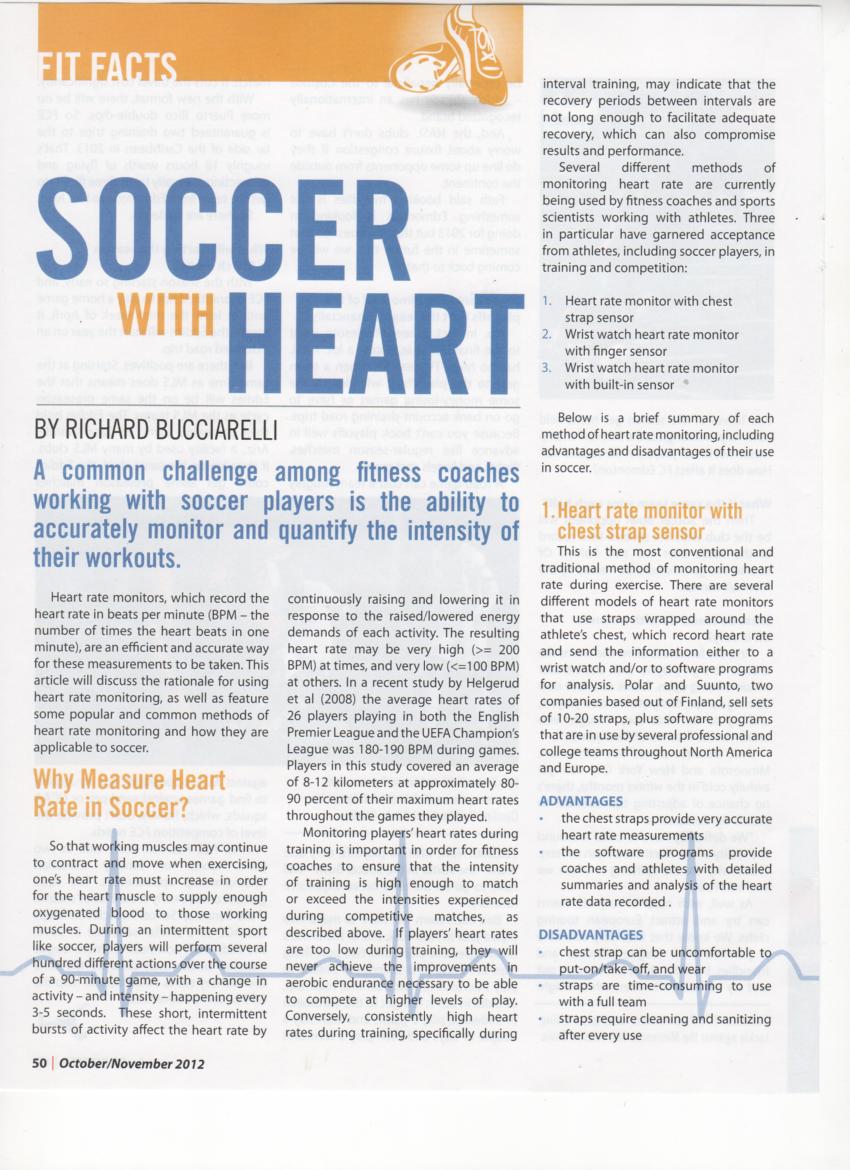How Cassandra Cain Defies A Stereotype
 This reduces the coverage ratio of word embeddings. We also noticed that suspicious news in Twitter are more related to sexual issues. To validate our observations, we extracted the mean value of sexual words using a list of sexual terms (Frenda et al., 2018). The mean value is the average number of times a sexual/bad word appears in a tweet normalized by the length of the tweet. List than in news articles where the mean value in Twitter is 0.0027 and 0.0017 in news articles. Following, we focus on analyzing false information from an emotional perspective. We are aiming to answer the rest of the questions, RQ2, RQ3, and RQ4. RQ2 Do the emotions have similar importance distributions in both Twitter and news articles sources? Intuitively, the emotions contribution in the classification process is not the same, where some words could manifest the existence of specific kind of emotions rather than others.
This reduces the coverage ratio of word embeddings. We also noticed that suspicious news in Twitter are more related to sexual issues. To validate our observations, we extracted the mean value of sexual words using a list of sexual terms (Frenda et al., 2018). The mean value is the average number of times a sexual/bad word appears in a tweet normalized by the length of the tweet. List than in news articles where the mean value in Twitter is 0.0027 and 0.0017 in news articles. Following, we focus on analyzing false information from an emotional perspective. We are aiming to answer the rest of the questions, RQ2, RQ3, and RQ4. RQ2 Do the emotions have similar importance distributions in both Twitter and news articles sources? Intuitively, the emotions contribution in the classification process is not the same, where some words could manifest the existence of specific kind of emotions rather than others.
 The objective in Eq. ? , 0 ) . Figure 3 shows an example of such a triplet. The positive example shares the same ideology as the anchor’s, but they are published by different media. The negative example has a different ideology than the anchor’s, but they are published by the same medium. In this way, the encoder will be clustering examples with similar ideologies close to each other, regardless of their source. Once the encoder has been pre-trained, its parameters, along with the softmax classifier’s, are fine-tuned on the main task by minimizing the cross-entropy loss when predicting the political ideology of articles. Finally, we explore the benefits of incorporating information describing the target medium, which can serve as a complementary representation for the article. While this seems to be counter-intuitive to what we have been proposing in Subsection 4.2, we believe that medium-level representation can be valuable when combined with an accurate representation of the article.
The objective in Eq. ? , 0 ) . Figure 3 shows an example of such a triplet. The positive example shares the same ideology as the anchor’s, but they are published by different media. The negative example has a different ideology than the anchor’s, but they are published by the same medium. In this way, the encoder will be clustering examples with similar ideologies close to each other, regardless of their source. Once the encoder has been pre-trained, its parameters, along with the softmax classifier’s, are fine-tuned on the main task by minimizing the cross-entropy loss when predicting the political ideology of articles. Finally, we explore the benefits of incorporating information describing the target medium, which can serve as a complementary representation for the article. While this seems to be counter-intuitive to what we have been proposing in Subsection 4.2, we believe that medium-level representation can be valuable when combined with an accurate representation of the article.
If the system does not return similar articles the reader is informed that the given article is potentially fake. Our prototype was exemplary tested on a small set of articles. The semantic distance analysis in our approach is based on unsupervised models which in turn make the system highly adaptable to different languages. We just need to replace the word embeddings and adapt the threshold. Furthermore, the unsupervised nature renders the approach agnostic to concept drifts which means that the machine learning task is independent of the hypotheses in a text. To showcase our approach we build a "Fake News Detector" system. The Fake News Detector system consists of a few technical components. A container with simple django running the python code of our application and serving the frontend. A container serving the data for the backend - the model container. A container that includes data pre-processed by several NLTK functions.
Several initiatives attempt to improve citation practices for datasets. In 2014, the Joint Declaration Of Data Citation Principles was officially released. These principles, however, mainly focus on normalizing dataset references rather than normalizing storage and some other technical issues (Altman et al.,, 2015; Callaghan,, 2014; Mooney and Newton,, 2012). For instance, some researchers have suggested assigning specific DOIs to datasets to mitigate differences between datasets and articles (Callaghan et al.,, 2012). Others have proposed to automatically identify uncited or unreferenced datasets used in articles (Boland et al.,, 2012; Kafkas et al.,, 2013; Ghavimi et al.,, 2016). All these solutions try to make citation dataset behavior more standard or attempt to fix the citation network by estimating which data nodes are missing. Therefore, these solutions necessarily modify the source that algorithms use to estimate impact. In this article, we develop a method for assigning credit to datasets from citation networks of publications, assuming that dataset citations have biases.
Yorumlar
Yorum Gönder